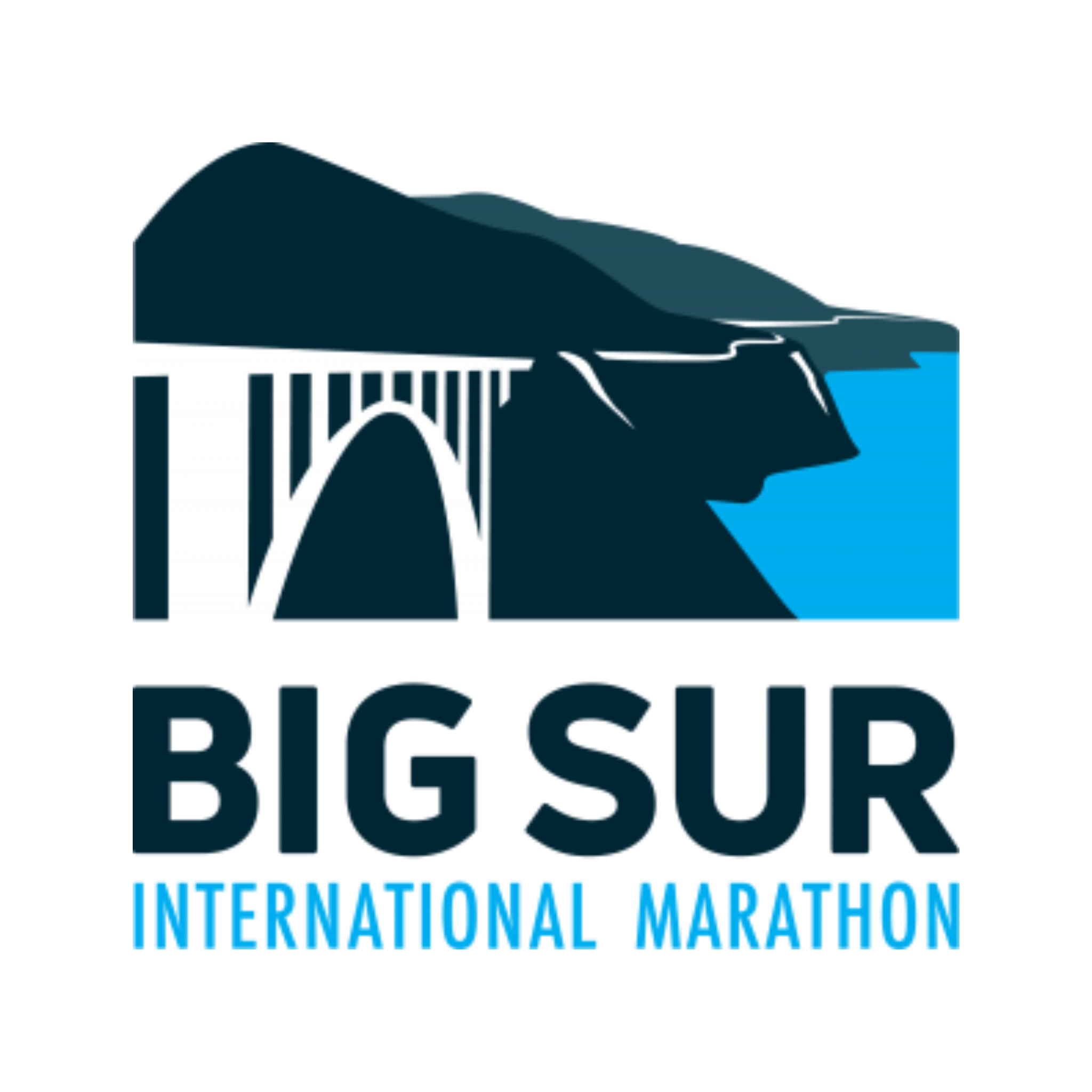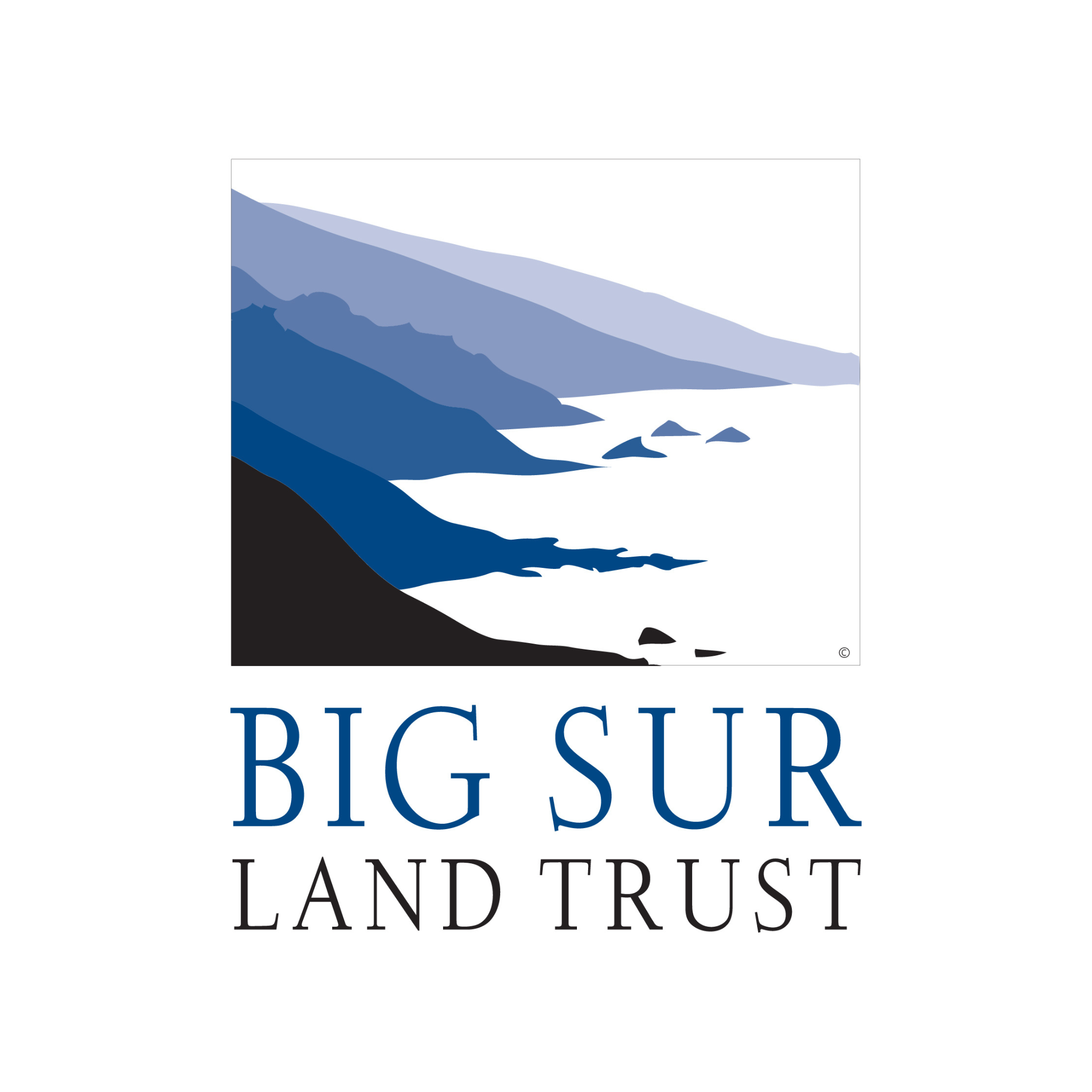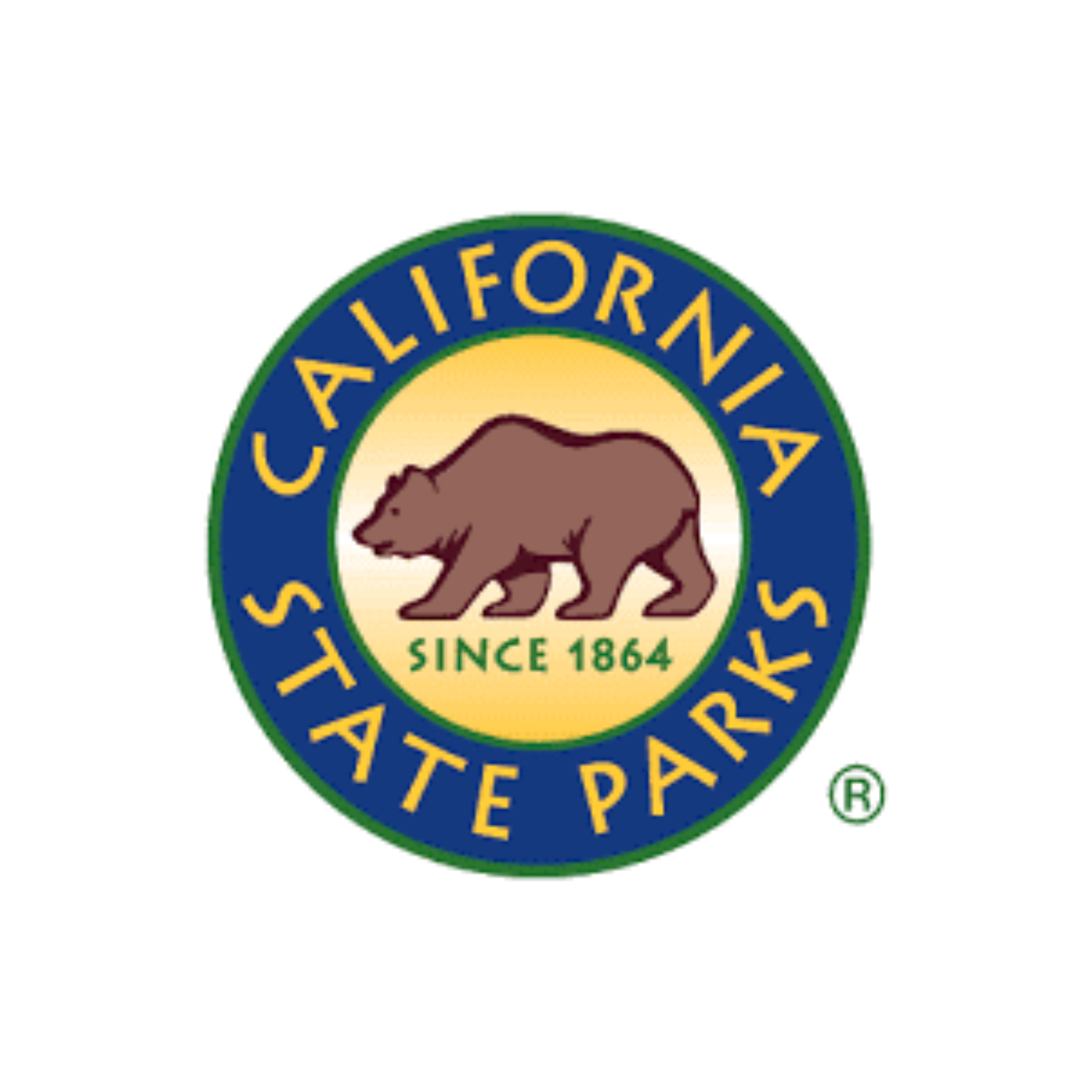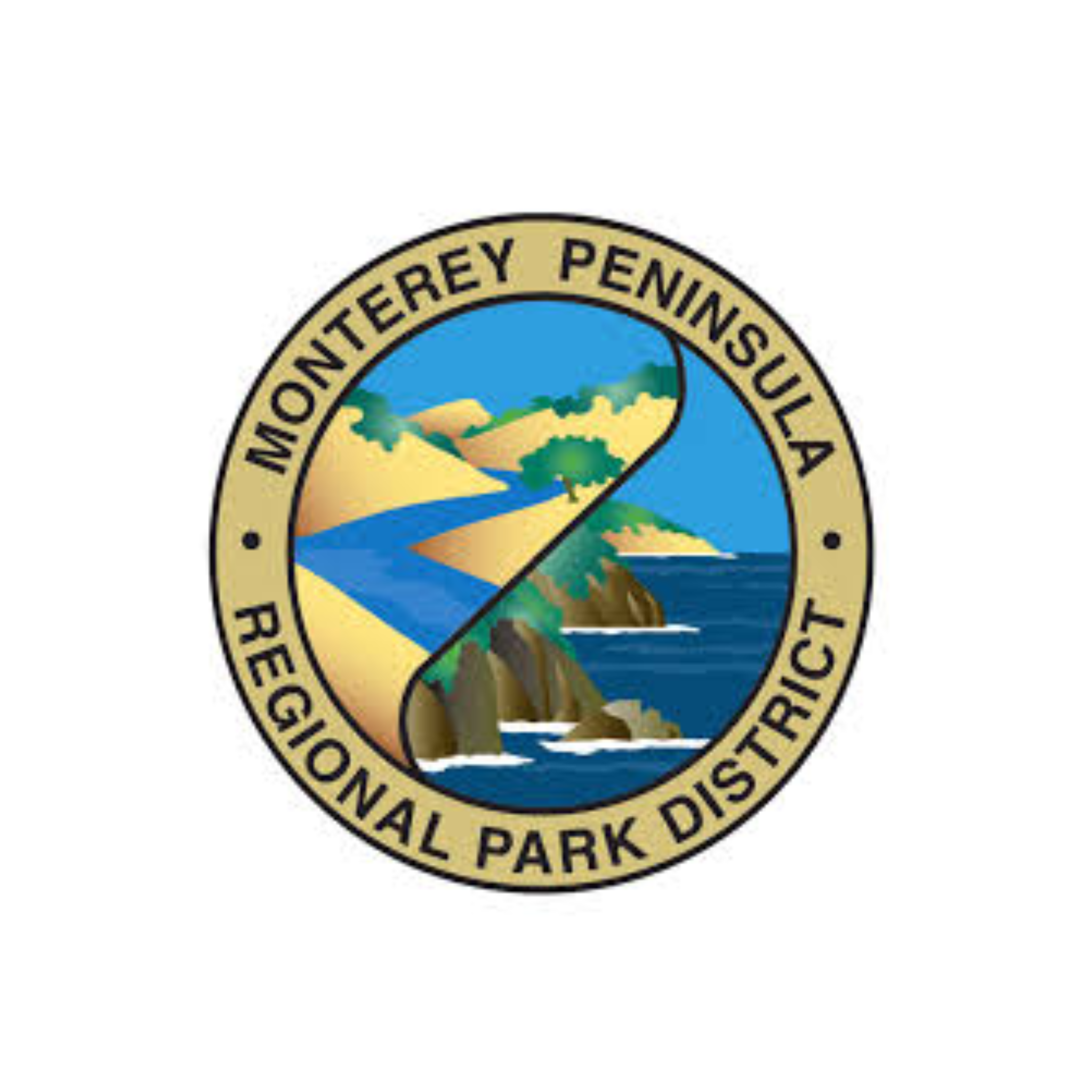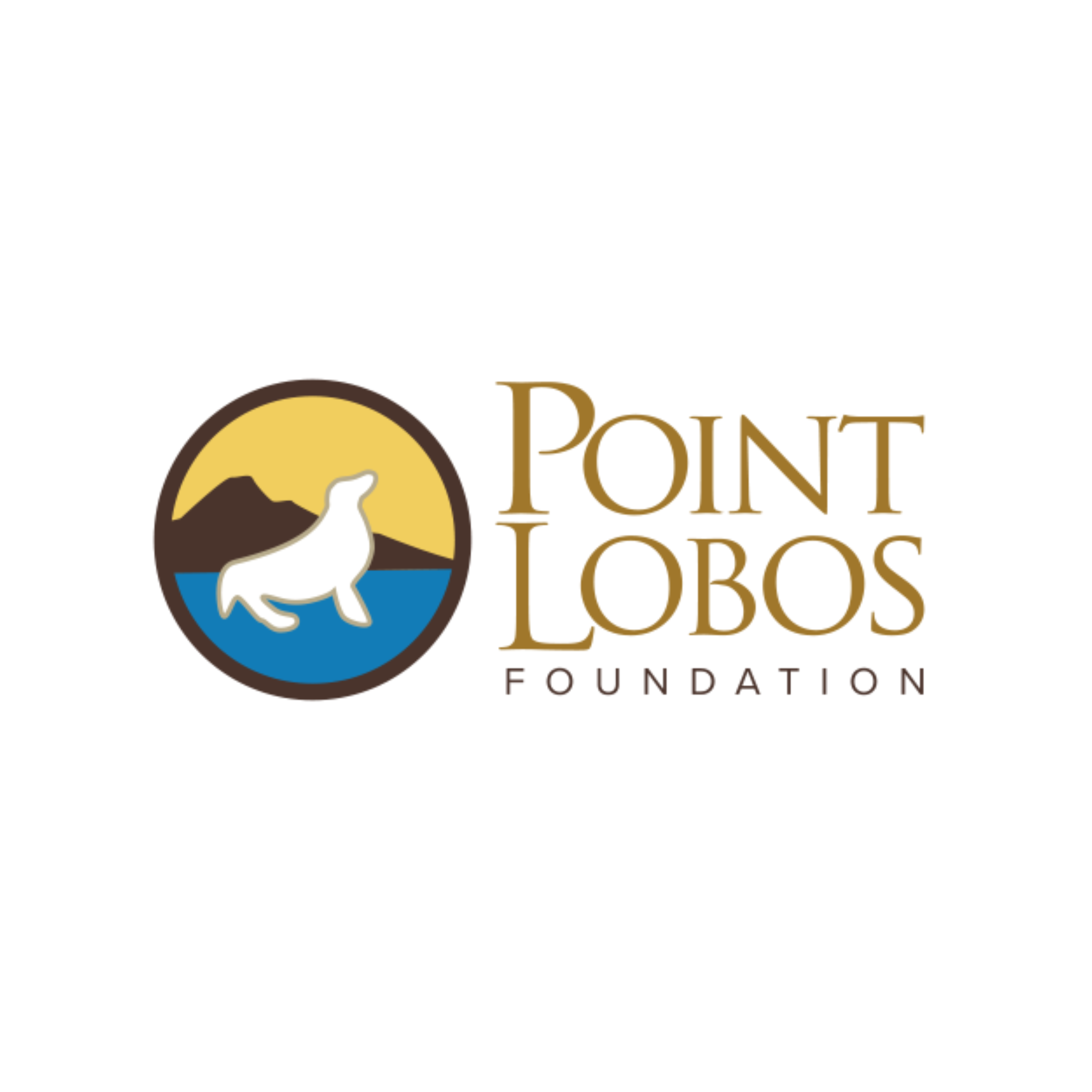In 2018, nearly 30 initial listening sessions were conducted by a group of founding members led by the late Ernest Chung. With a proven talent for engaging stakeholders, Ernest hosted these meetings around his dining room table. The aim was to gather various perspectives and knit together ideas for a solution. Those who knew him best describe his sincerity of being other-focused as what allowed people to relax and co-create with ease. And, his ability to encourage others to do more, lovingly called “The Chung Challenge,” brought out the best contributions from others. In this way, Ernest’s leadership brought forth a large breadth of broad community support for ParkIT!.
Consensus on the course of action evolved and a ParkIT! Steering Committee was developed to guide the effort and continue the movement toward goals.
In addition to providing financial contributions and steering committee representatives, the following entities also provide local and state connections as well as in-kind contributions through expertise in producing technical planning documents and fundraising proposals: Big Sur Land Trust, Point Lobos Foundation, and Big Sur Marathon Foundation.
Monterey Peninsula Regional Park District and the Monterey District of California State Parks & Recreation provide steering committee representatives, local and state connections, land use for parking lots and restrooms, and other resources necessary for implementation.
Leadership
ParkIT! Steering Committee
Community Member Advisors
- Ernest Chung, ParkIT! Founder, In Memoriam
- Steve Dennis, Organizational Consultant
- Peter Eigen, Big Sur Land Trust, CFO/COO
- Hugo Ferlito, Big Sur International Marathon, Board Member
- Samuel B. Hale, Organizational Consultant
- Kathleen Lee, Point Lobos Foundation, Executive Director
- Jim Rurka, Point Lobos Foundation, Board Chair
- Rachel Saunders, Big Sur Land Trust, Director of Conservation
- Mike Novo, Former Monterey County Planning Director
Ex Officio Advisors
- John Hiles, California State Parks, Monterey Sector Manager
- Brent Marshall, California State Parks, Director Manager
- Dr. Rafael Payan, Monterey Peninsula Regional Park District, General Manager
Staff
- Steffanie Gamecho, ParkIT! Project Director
[email protected] or 925-998-9943
Endorsements
Leaders and Electeds
Jimmy Panetta
California US Representative
20th District
Bill Monning (Ret.)
California State Senate
15th District
Mark Stone (Ret.)
California State Assembly
29th District
Mary Adams
County of Monterey
Supervisor
Public Agencies
State Level
California State Parks
Caltrans
California Coastal Commission
California Coastal Conservancy
Transportation Agency for Monterey County
Monterey Bay Air Resources Board
Monterey County Public Works Department
Monterey County Convention & Visitors Bureau
Monterey-Salinas Transit
Before ParkIT!
The ParkIT! Initiative becomes possible only with multiple land agencies working together toward a shared vision. The Lobos-Corona Parklands Project (LCPP), which was both a result of and a driver for collaboration among the entities that form the backbone of ParkIT!, is the formal agreement to work together as part of an integrated multi-agency effort for the benefit of the public.
Years of planning, land acquisition, and parks preparation, as well as millions in public and private dollars, have been invested in the Lobos-Corona Parklands Project area. The project area encompasses nearly 10,000 acres and includes Palo Corona Regional Park, the former Whisler Wilson Ranch, and High Meadows Open Space (Monterey Peninsula Regional Park District); Point Lobos State Natural Reserve, the former A.M. Allan Ranch, Carmel River State Beach, Hatton Canyon and Garrapata State Park (California State Parks); and the Coast Ranch and South Bank Trail (Big Sur Land Trust). These lands host some of California’s most spectacular coastal areas and vistas, abundant wildlife, diverse habitats, and profound historical and cultural resources.With substantially increased visitation to the region, ParkIT! objectives ensure improved access and travel for residents and tourists. The approach will improve public safety and protect natural resources while optimizing access and visitor experience to Highway 1 parklands, Carmel to Big Sur.


